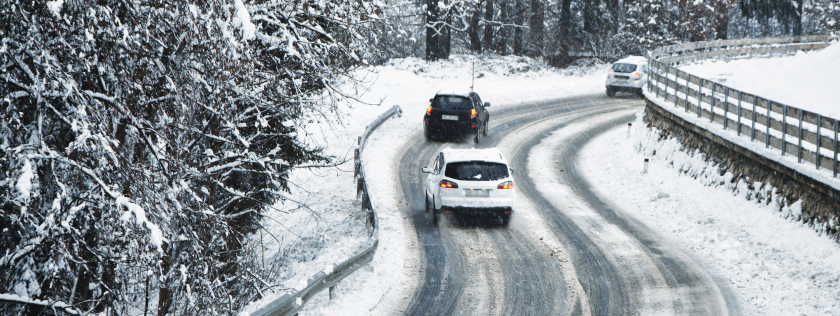Winter is coming – Driving safety tips

This is the time of year where weather can change unexpectantly for the worse and drivers need to be prepared in order to stay safe on the roads.
First of all, it is recommended that vehicles are fully serviced before winter (if you have not already done so, now is probably a good time to start thinking about it!).
Alternatively, you can carry out some routine winter car checks yourself. Please see our post Winter is coming – but is your car ready for winter? for more information.
1. Plan ahead for winter driving
Once you are satisfied that your car is thoroughly serviced and ready for the road, you should plan your journey ahead to account for any unexpected changes on the roads. Remember to allow for more time for your journey.
Bear in mind that during winter a lot of roads and bridges might be closed or obstructed in some unusual way.
Don’t rely on GPS
In the era of rapidly developing technology, we tend to rely on GPS devices to facilitate reaching our destination.
However, during winter such devices might prove unreliable as they often do not account for road obstructions or dramatic changes to weather conditions.
Check Traffic Scotland
You should always check first whether your chosen road is safe to drive and free of hazards. A good starting point is the Traffic Scotland website where you can access up-to-date traffic information from all over Scotland.
The website also offers a corresponding Smartphone application, which can be downloaded to your mobile phone free of charge.
2. Adjust your driving to suit winter weather conditions
Even the most experienced drivers should not underestimate the dangers associated with driving during the winter period, especially when it comes to snow and ice.
Winter driving safety tips to bear in mind:
Test your brakes on snow or ice covered roads
The Official Highway Code (“the Code”) advises to check the grip on the road surface when there is snow or ice by choosing a safe place to brake gently.
If the steering feels unresponsive this may indicate ice and your vehicle losing its grip on the road. Remember that when travelling on ice, tyres make virtually no noise.
Reduce speed and keep safe breaking distance
Reduce your speed and maintain a safe breaking distance between your vehicle and the vehicle in front.
Icy roads increase the chance of your vehicle skidding or even aquaplaning if a layer of water builds between the wheels of your vehicle.
Stopping distances are doubled in wet conditions and multiplied by 10 in show and icy conditions.
Don’t make any sudden driving actions
As well as driving at a slow speed, drivers should accelerate and break gently to reduce risk of losing control of the car.
Be vigilant at sharp bends and corners
Be exceptionally vigilant when approaching sharp bends and corners as loss of control is likely even on dry roads.
The Code recommends braking progressively on the straight before you reach a bend. Having slowed down, you should then steer smoothly round the bend and avoid sudden actions at all times.
Bear in mind that another road user might be using the bend in the other lane.
Don’t overtake if possible
Try not to overtake if possible. The Code puts particular emphasis on taking extra care when overtaking vehicles spreading salt or other de-icer.
You should also watch out for snowploughs which may throw out snow on either side.
Do not overtake them unless the lane you intend to use has been cleared.
3. Be prepared for an emergency
It is not uncommon for cars to break down in winter conditions or for traffic to come to a standstill leaving people stranded in their vehicles for long periods of time or overnight.
It is wise to keep an emergency kit in your car including de-icer, ice-scraper, torch, blankets, warm clothing and boots, shovel, emergency food and drink.
At Digby Brown, we see first-hand the devastating effects of car accidents in Scotland. Some of which occurred due to wintery conditions but could have been prevented. We encourage everyone to be vigilant on the roads, drive carefully and stay safe this winter.
